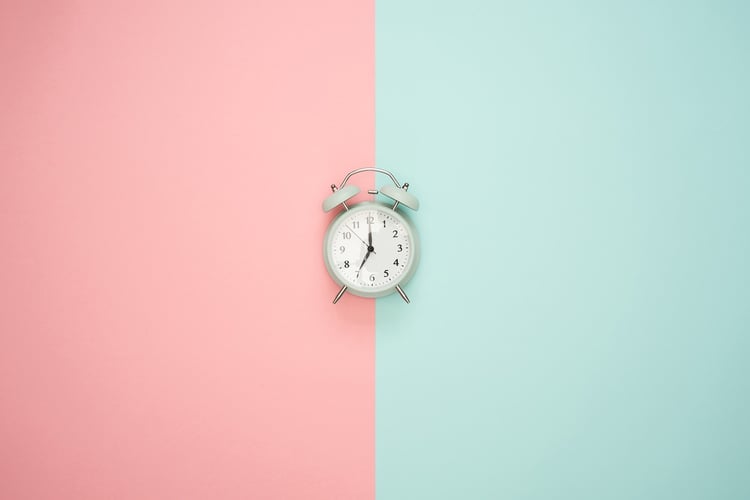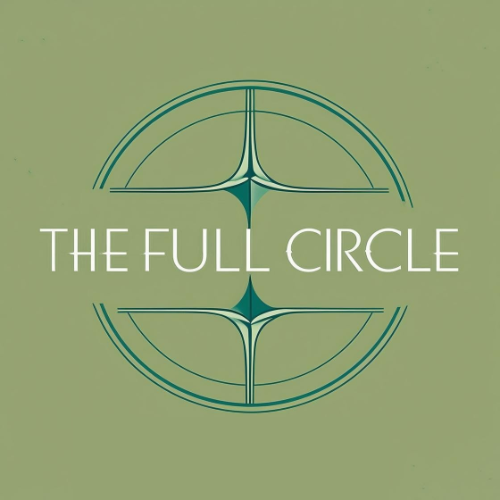Emma started the new year with a fresh planner. She carefully wrote down her goals, scheduled her tasks, and even used different colors to stay organized. It felt exciting at first. But by mid-month, the planner sat on her desk, untouched, gathering dust.
If this sounds familiar, you're not alone. Sticking to a planner can be tough, but it doesn’t have to be.
Many people start with the best intentions, but life gets busy, and planning falls to the side. The good news? With a few simple strategies, you can turn your planner into a powerful tool—and actually enjoy it.
A planner can help you stay on top of your tasks, reduce stress, and make steady progress toward your goals. Here’s how to make sure you stick with it for the long haul.

1. Use Your Planner Every Day
Think of your planner as a helpful tool, not another obligation on your to-do list. Make it part of your daily routine.
Maybe you review it while drinking your morning coffee or just before bed. Some people like to check their planner during lunch breaks or after exercising.
The key is to link it to something you already do every day so that using it becomes automatic. The more frequently you use it, the more effective it will be.
2. Pick the Right Planner
Not all planners work for everyone. If you love creativity, a planner with colorful layouts, stickers, and space for doodling might be fun and engaging.
If you’re always on the go, a digital planner that syncs to your phone or computer might be more convenient. Some people prefer a dated planner with pre-set calendars, while others like flexible layouts for brainstorming. Choosing the right planner makes a huge difference in whether or not you stick with it.
3. Keep It Simple
A planner shouldn’t feel overwhelming. If it does, you won’t stick with it. Start small—write down three important tasks for the day, set a weekly goal, or track key deadlines.
Don’t feel pressured to fill out every section right away. The simpler your planning system, the easier it is to maintain. Overcomplicating things can lead to frustration, so keep your entries clear and focused. As you get comfortable, you can gradually add more details.

4. Make It Personal and Fun
Your planner should reflect your personality. Use colorful pens, stickers, or motivational quotes to make it feel like your own.
Customizing your planner makes it more enjoyable to use. If you prefer digital planners, try different templates and layouts to keep things fresh. Some apps even allow you to add images or voice notes. Making your planner visually appealing and engaging can turn it from a dull task tracker into a creative outlet.
5. Set Reminders
It’s easy to forget to check your planner when life gets busy. Set a phone alarm, create a habit tracker, or put a sticky note on your desk as a reminder.
Many digital planners have built-in notifications to help you stay on track. Consistency is key, and little reminders go a long way in making sure you actually use your planner. Over time, you’ll start reviewing it naturally, without needing external prompts.
6. Review Your Progress
At the end of each week, take a few minutes to review your progress. What worked well? What needs adjustment? Reviewing your planner helps you stay accountable and make necessary changes.
Did you accomplish what you set out to do? Are there gaps in your planning? This habit not only keeps you on track but also helps you refine your organization style. When you see your achievements, you’ll feel motivated to keep going.
7. Plan for Flexibility
Life is unpredictable, and schedules sometimes change. Don’t get discouraged if you don’t follow your planner exactly as planned. A good planner allows room for adjustments.
Use erasable pens, sticky notes, or digital tools that let you modify tasks easily. Being flexible makes planning more realistic and less stressful.

8. Be Kind to Yourself
Some days, you might forget to use your planner, and that’s okay! Instead of feeling guilty, just pick it up the next day and keep going.
The goal isn’t perfection—it’s about building a habit over time. Everyone has off days, but what matters is getting back on track. Celebrate small wins and remember that consistency is built over weeks and months, not overnight.
9. Make It a Reflection Tool
A planner isn’t just about tasks—it can also be a place to reflect on your progress, emotions, and thoughts. Writing a quick note about your day or tracking personal habits like exercise, gratitude, or water intake can add even more value.
When you look back, you’ll see how much you’ve accomplished and what adjustments you might need to make in your routine.
Final Thoughts
A planner isn’t just for writing down tasks—it’s a tool to help you stay organized, reduce stress, and focus on what matters most. When you choose a planner that fits your lifestyle and use it consistently, you’ll experience real progress.
Whether you're a student, a working professional, or someone managing a household, having a reliable planning system in place makes a difference.
So, what’s the first thing you’ll write in your planner today?

